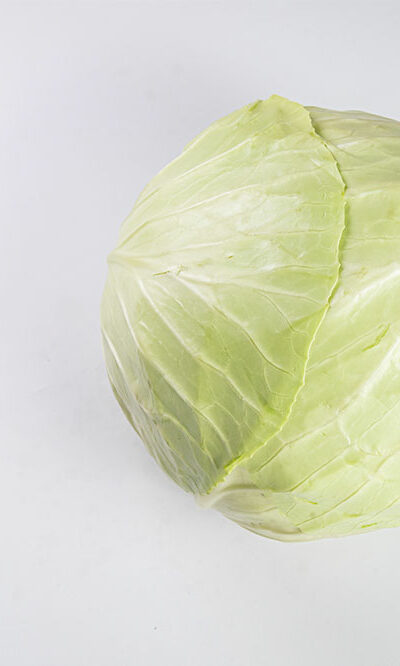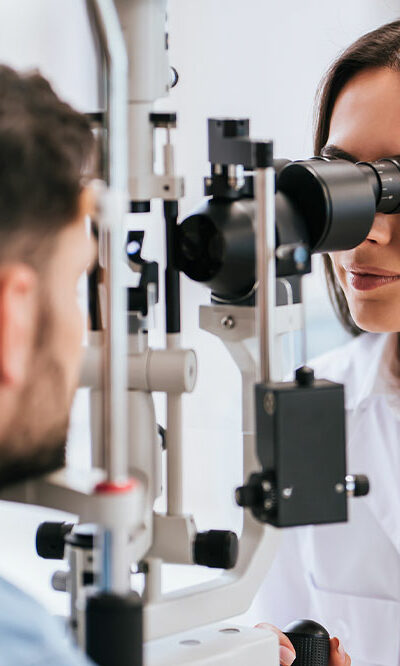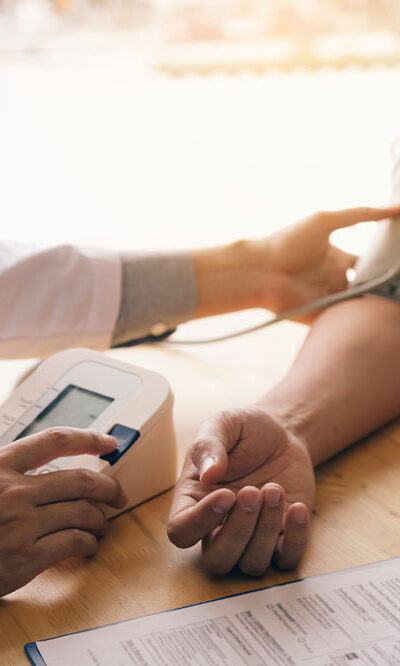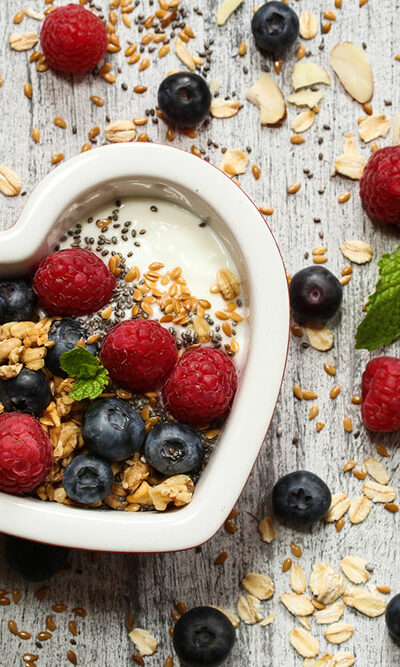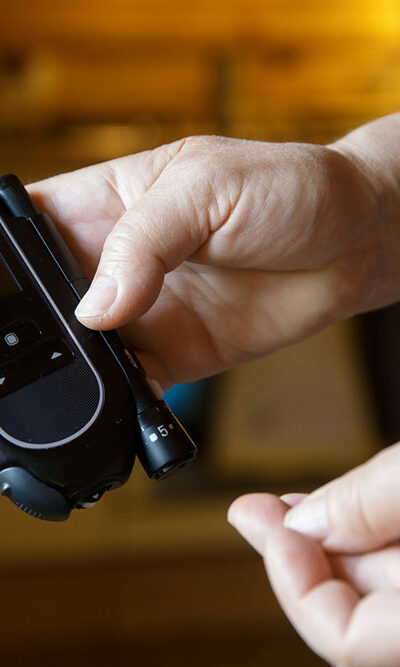
Hypoglycemia – 10 signs of low blood sugar
A low blood sugar level is a condition referred to as hypoglycemia. This condition is recognized when the blood sugar level drops below 70 mg/dl, and steps are needed to bring it back up to a healthy number. This type of blood sugar drop is especially common in type 1 diabetes. Some symptoms can help diagnose low blood sugar levels that impact health, and here are some observations to keep in mind. 1. Extreme hunger This is one of the typical signs and symptoms of a low blood sugar level. This is the body’s way of communicating that it needs food to raise its glucose levels. Some people may eat sugary substances to get that spike, but other foods can also help raise the glucose level. Carbohydrates help solve this issue; however, eating the right amount of carbohydrates to help in this situation is essential and can vary from person to person. So, always consult a nutritionist to know how to manage glucose levels when this symptom occurs. 2. Restless nights Nocturnal hypoglycemia is the term used to describe low blood sugar levels at night in a diabetic person. In this, the individual may experience signs and symptoms like night sweats, unrest, and confusion once awake, as well as episodes of waking up suddenly. Some experts suggest that taking a small snack before bed can help with these symptoms, but always consult a doctor to know what amount is recommended, as a sudden spike in glucose may be too much. 3. Tremors Tremors and shakes are other signs and symptoms that should be observed. Research suggests that low blood sugar levels activate the autonomic nervous system. 4. Anxiety According to research, when glucose levels go too low in the body, a hormone called epinephrine is released. This is also called adrenaline.



